Many people quickly discount owning a Greyhound. They see them as “speed demons” that just never stop, and the idea of a large dog constantly sprinting through the house makes them shudder.
In honor of National Adopt a Greyhound Month (April), we wanted to find out the truth about these misconceptions and why you should consider inviting one of these loving dogs into your home.
Tasha Miner, owner of Hounds in Harmony Dog Training Club answered our questions below. Miner has been training dogs for 20 years, adopting Greyhounds for the last 10.
She frequently attends local meet-and-greets for GreySave with her current Greyhound, Maya. She adopted Maya from the Greyhound Adoption Center, and has volunteered with GreySave as well. You can also visit her Southwest Dogs blog.

What are some of the main misconceptions about Greyhounds?
1. They need to run a lot, daily, because they’re a high energy breed.
TM: Actually, Greyhounds are lovingly referred to by those who know them best as 45-mph couch potatoes. Sure, they like to sprint out in the open once in a while, but a Greyhound’s favorite activity is claiming the biggest bed in the house, and snoozing on it for most of the day. Energy levels vary by dog, but the Greyhound breed is generally considered a gentle giant.
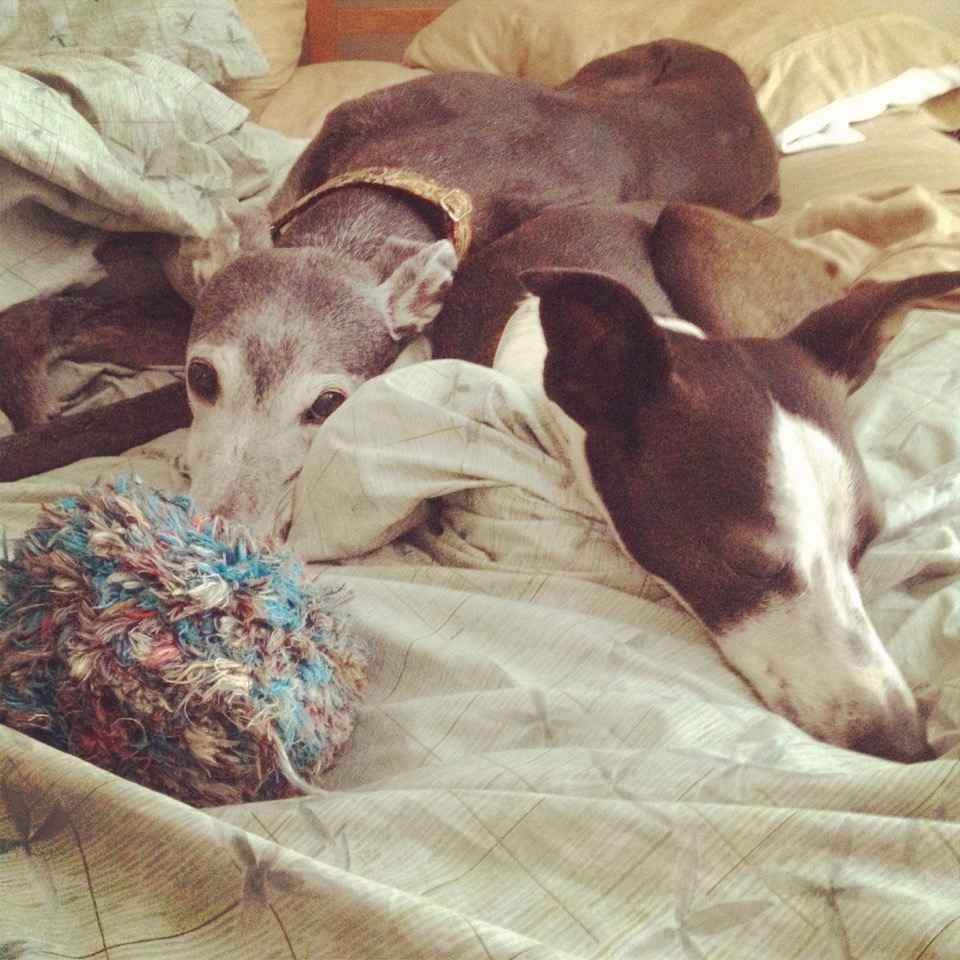
2. They can’t swim, because they have no or very low percentage of body fat.
TM: Greyhounds can be excellent swimmers. Some need a flotation vest, some don’t — depends on the dog. Each dog is an individual, and may or may not take to water willingly, but most enjoy at least going in for a wade and lying down in a shallow pool to cool off in hot weather.
3. Because of their high prey drive, Greyhounds can’t live with cats or small animals.
TM: Prey drive varies from dog to dog. Some Greyhounds don’t do well with cats and small dogs or small pets, that’s true, and a good rescue will test each dog’s temperament when they intake from the race track. Many dogs, however, are listed as “small animal workable” or even “cat safe.” Just make sure you do a slow, careful introduction with a dog who has tested appropriately for your existing pets. However, as sight hounds, Greyhounds are easily distracted by fast moving things in the distance, and cannot be trusted off-leash, especially not in an unfenced area.
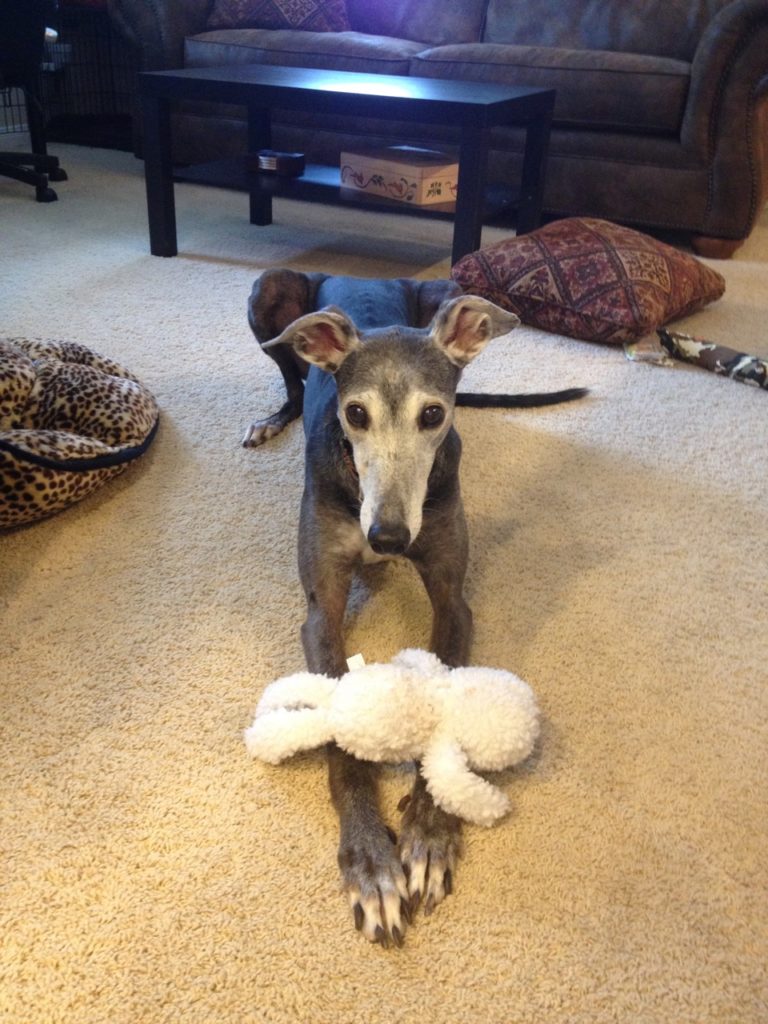
4. Since Greyhounds are raised at the track, they can be outside dogs.
TM: Greyhounds are very thin-skinned, and have a very low body fat percentage. As such, they are prone to overheating in hot weather and frostbite in cold weather. They can only live inside, no matter what your climate.
Why should people consider adopting a Greyhound?
TM: Greyhounds have been bred for centuries to love people, and be amiable companions. Part of why they can survive a track environment is because of their natural inclination to sleep during down times. They come home crate trained, typically, making house training a breeze.
They are loving, friendly family members, and love to meet new people. With careful socialization and their calm demeanor, many are easily trained to be therapy dogs for adult and child patients. They love to work for food, and respond well to positive reinforcement training methods, though many do have a hard time learning to sit due to their long back and large thighs.

Some love to play with toys, and are very entertaining with their unique play style, often offering victory laps for the joy of capturing the toy, called “zoomies”. Greyhounds definitely have that “puppy dog eyes” look down, and many people cannot resist their soulful expression when they want something. On the other hand, when you look deeply into a Greyhound’s eyes, you cannot help but feel a connection unique to the breed.
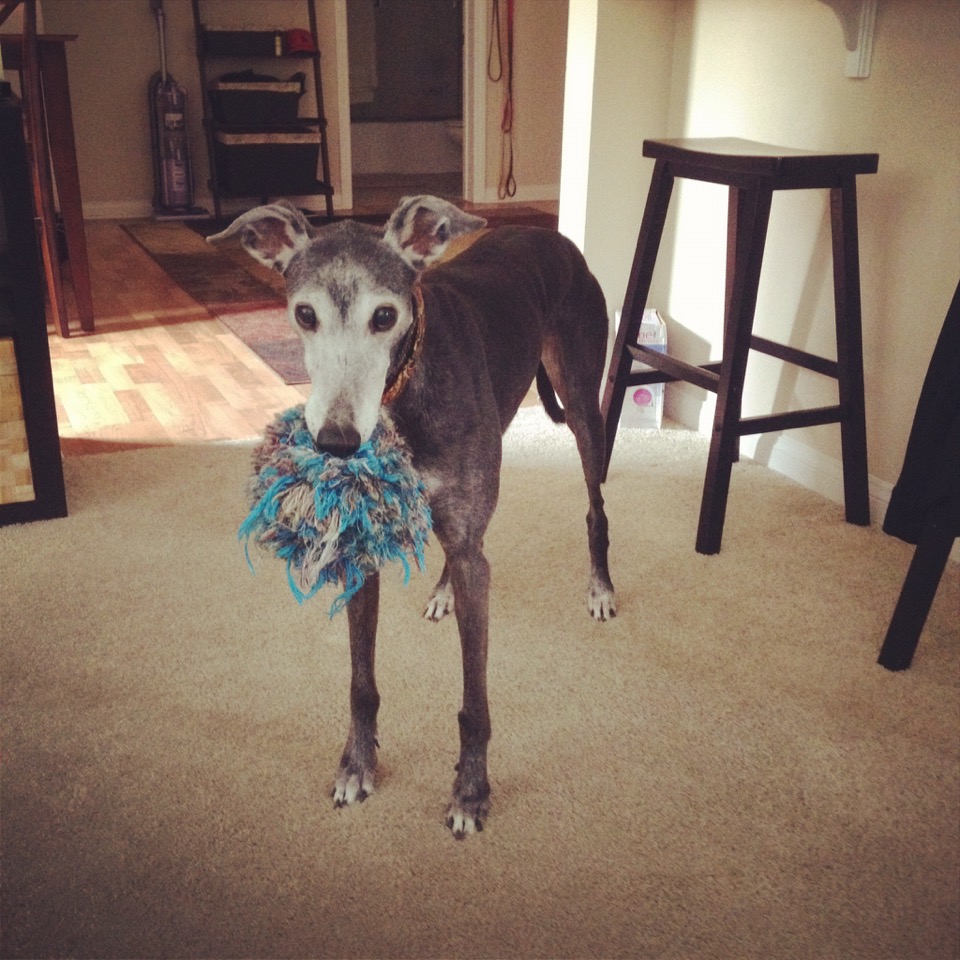
Tens of thousands of Greyhounds die after retiring from the track, simply because they no longer perform well and have nowhere to go. That number is slowly dwindling as Greyhound adoption becomes more popular, awareness for the plight of Greyhounds increases, and tracks across the world are closing for their inhumane practices. Giving a greyhound a home not only saves that greyhound, but allows another to find safety once their racing career is over.
What type of home is ideal for a Greyhound? Are you ready for a Greyhound?
TM: Greyhounds love to explore and have active metabolisms — if you don’t have a fenced yard, some rescues may not allow you to adopt, but most will simply require that you take your Greyhound on frequent walks throughout the day.
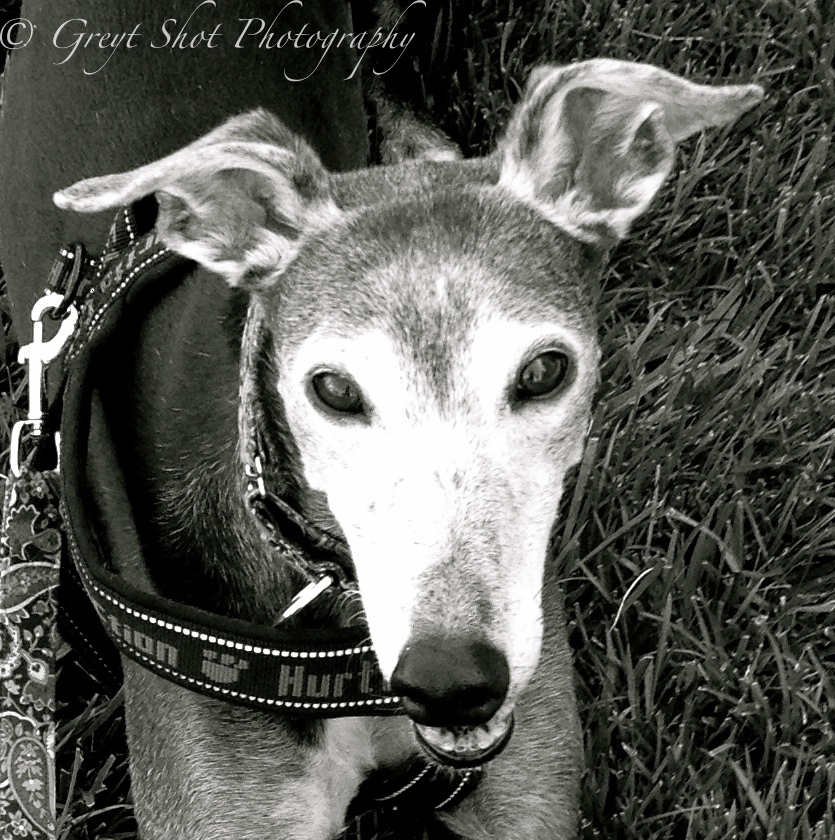
Greyhounds make great apartment dogs, even though they’re considered a large breed, because they’re typically very quiet and just like to snooze on the couch all day. They do eat a lot for their weight, and need a high-quality food like Taste of the Wild or better, so prospective owners need to take into account a sizable food budget.
Greyhounds often come off the track due to injury from racing, so vet bills may be an issue down the road. I personally recommend getting pet health insurance, as cancer is very prevalent in the breed. Luckily, racing has done fairly good things for structure, so you’ll rarely have an issue like hip dysplasia. Greyhounds also have notoriously bad dental disease with their long, thin snouts, so a savings for an annual dental bill, usually around $500, is a must.
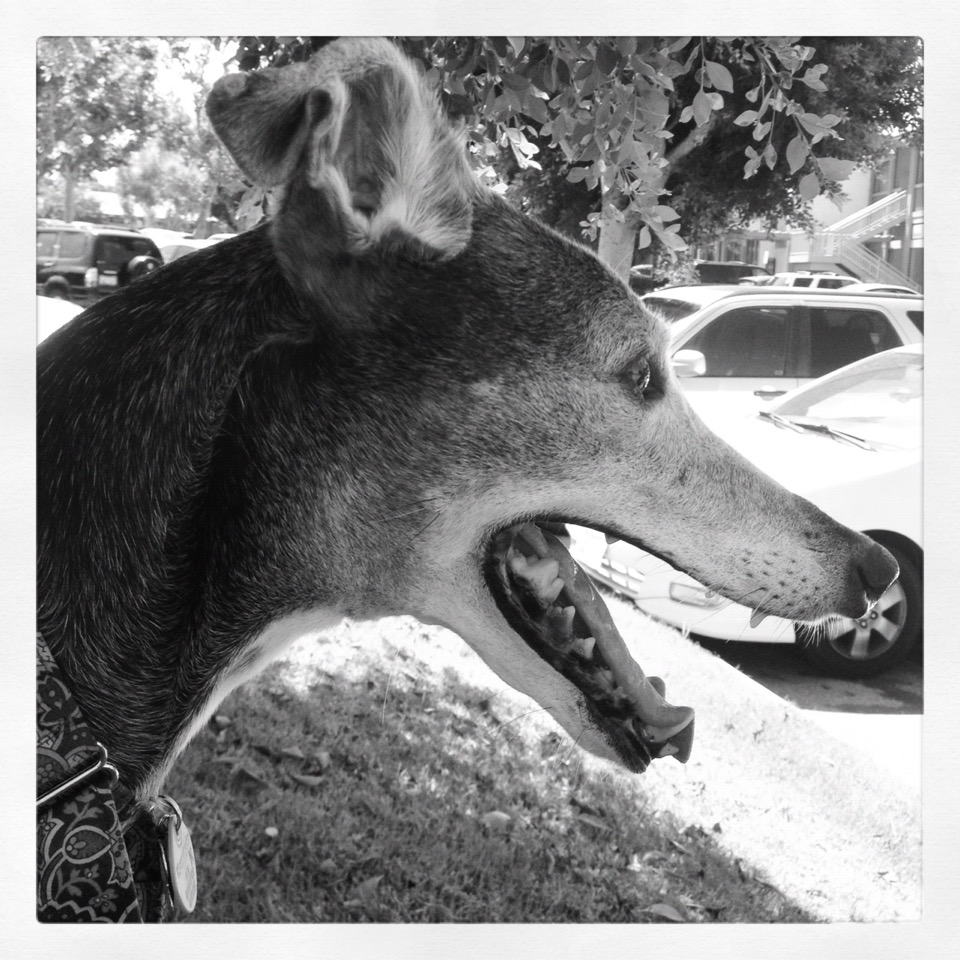
Greyhound maintenance is fairly simple: seasonal brushing, daily dentals, biweekly nail trims. They don’t need a trip to the groomer, as a yearly bath will suffice and are generally very compliant with the other grooming requirements. Owners can bond with their dogs by doing these things at home themselves.
If you have children, same as if you have other pets, make sure you mention that to the rescue, as some Greyhounds are either too timid or too rambunctious to be good with young children. Everyone should meet the potential Greyhound prior to adoption, to make sure it’s a good match for the whole family. Some Greyhounds like to chew, some Greyhounds don’t understand toys, some Greyhounds are barkers… every dog is unique, and you want to make sure you’re prepared for your dog’s personality.
How I can help Greyhounds without adopting?
TM: Rescues are all over the country. Find one local to you, and let them know you’d be happy to volunteer. Being there to process an intake of dogs from the track is an incredible experience. You can be with a dog from when they get off the van from the track, to when they’re ready to go to their foster home after getting vetted, temperament tested, and groomed.
Other ways you can help are by raising awareness at meet-n-greets and encouraging donations to help with vet bills for dogs recovering from serious disease or injury. If there isn’t a regular meet-n-greet in your area, you can offer to start one, and rescues will generally have a pre-made kit you can print to get started right away.
Even just a simple share of dogs available on social media, and donating a small sum each month is a tremendous help. These dogs truly are incredible, and deserve better than what they get at most of the tracks.
